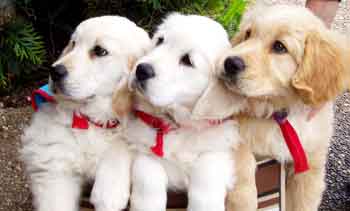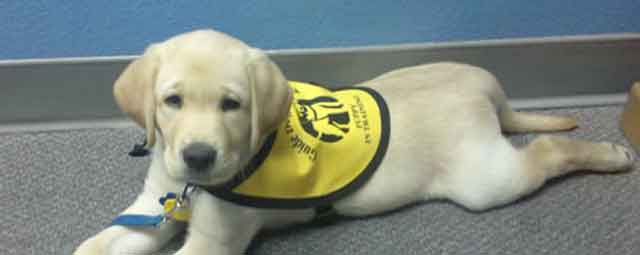Do’s And Don’ts Of Leash Training In Puppies
Pups naturally pull on their leash in an effort to break free since they feel restrained when on a leash. Puppy leash training is an important part of pet care. You should introduce it while your pup is still young. When training your puppy to walk on your side, it is important that you teach him to walk on a specific side only. Most dog owners prefer their pets walking on the left side. However, it doesn’t really matter which side you choose as long as you are consistent. This is often done to prevent you from tripping when your puppy decides to change sides mid-stride.
Do’s of Puppy Leash Training
A body harness is recommended when you are leash training your puppy. It is important that your puppy accept the body harness. Introduce it in the same way you would teach your pet to wear a collar. A puppy that is not comfortable with a body harness can often make leash training much more of a challenge.
Positive reinforcement is still an important part of leash training. Be prepared to give lavish praise and always be ready to offer his favorite treat as a reward for doing what is expected.
Keep the leash loose at all times. If you notice that your puppy is starting to go ahead of you, abruptly change directions so that your puppy finds himself behind or beside you instead of being ahead of you. You should never allow the puppy to pull ahead and clear the other end of the leash before taking action. The leash should remain loose all the time except during that moment when you reverse or change directions. Do not drag or pull your puppy back to your preferred side. After using a quick tug, immediately release the lease to give back its slack.
Train your puppy not to pull before you hit the streets. You can practice leash walking around your house and yard until he behaves on a leash.
Don’ts of Puppy Leash Training
Never allow your puppy to lead you around while leash walking. If you fail to correct him immediately, slowly reverse and go another direction. You can also stop in your tracks and stop moving until your puppy stops pulling. You can then start over again, and this time around, be quick to correct your puppy before he starts pulling again.
 Never give your puppy an opportunity to pull. Be quick to correct him when you see that he’s pulling ahead. If he has not experienced pulling on his leash, he will never learn to pull.
Never give your puppy an opportunity to pull. Be quick to correct him when you see that he’s pulling ahead. If he has not experienced pulling on his leash, he will never learn to pull.
Never yank or pull on the leash nor use a choke collar.
For your puppy’s first harness, choose one that is soft and adjustable and won’t restrict your puppy’s movements. As soon as your pet learns to walk on a leash, you can switch to a regular collar.






